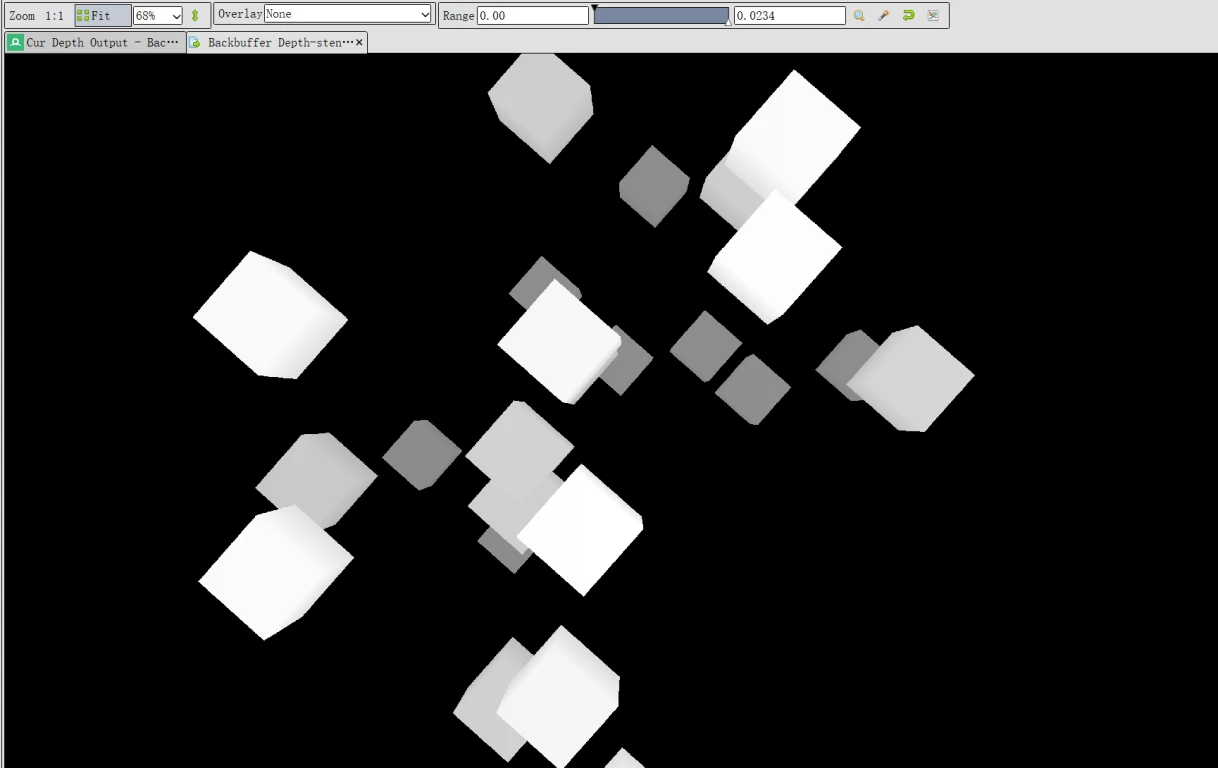
Reverse-Z is a widely used technique for optimizing depth buffer precision in modern video games. If you are looking for a detailed tutorial on how to implement Reverse-Z in OpenGL, Blog reversed-z-in-opengl is an excellent starting point.
In short, the process involves several steps, including:
- Use
glClipControlto adjust z-range in NDC from[-1,1]to[0,1] - Adjust Project Matrix to project far plane on 0 and near plane on 1
- Change Depth Comparison function to
GL_GREATER/GL_GEQUAL - Clear Depth Buffer with 0
At first glance, it looks good. However, soon I released flipping the projext matrix to put the far plane at -1 and the near plane at 1 would be a simpler solution. Why should we use glClipControl?
After further consideration, I realized glClipControl is necessary to avoid any loss depth precision.
In Reverse-Z, the goal is to place faraway objects at a depth value close to 0 in order to improve their precision. This is because float-point numbers have higher precision near 0, making it easier to represent the subtle differences.
In vanilla OpenGL, the final z-buffer value is obtained through 2 steps:
- project objects in NDC
[-1,1]range - scale and bias the z axis to
[0,1]by \(0.5 z + 0.5\)
Flipping the Z axis doesn't help in depth precision.
It essentially does nothing.
Although we may get correct reversed z-buffer, the precision is lost when we project faraway object on -1, making it a fake reversed-z.
There is also another idea to do that. How about adjusting our project matrix to assign a value of 0 to faraway objects and 1 to nearby objects?
Unfortunately, this approach is also flawed. While we may correctly get [0,1] z-value at stage 1, OpenGL will subsequently scale and bias it, resulting in a limited zbuffer of [0.5,1] range. The depth precision is lost because of the fixed 0.5 bias.
Any Other Tricks?
The second approach fails because OpenGL will adjust depth value to DepthRange, which is initially set at [0,1]. However, there is a function control the range glDepthRange.
If we adjust depth range to [-1,1], we avoid the 0.5 bias.
Unfortunately, OpenGL Spec doesn't allow us to do that: glDepthRange clamps its args to [0,1] range.
Taking Mesa3D code as example:
static void
set_depth_range_no_notify(struct gl_context *ctx, unsigned idx,
GLclampd nearval, GLclampd farval)
{
if (ctx->ViewportArray[idx].Near == nearval &&
ctx->ViewportArray[idx].Far == farval)
return;
/* The depth range is needed by program state constants. */
FLUSH_VERTICES(ctx, _NEW_VIEWPORT, GL_VIEWPORT_BIT);
ctx->NewDriverState |= ST_NEW_VIEWPORT;
// clamp happens
ctx->ViewportArray[idx].Near = SATURATE(nearval);
ctx->ViewportArray[idx].Far = SATURATE(farval);
}There is an extension named NV_depth_buffer_float who provides an extended function glDepthRangedNV which can accept unclamped depth range, so this trick is not allowed in unextended OpenGL.
For more details, Secion DirectX vs. OpenGL in Blog Outerra: Maximizing Depth Buffer Range and Precision offers more insights.